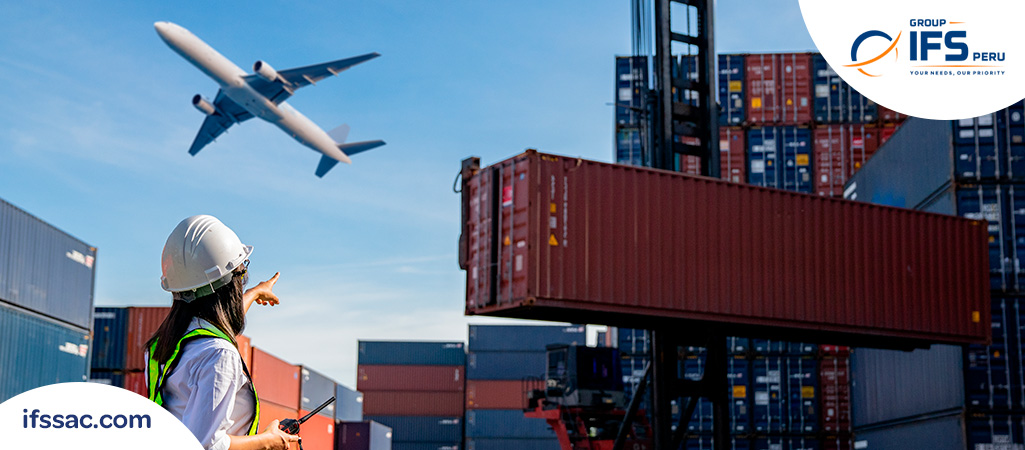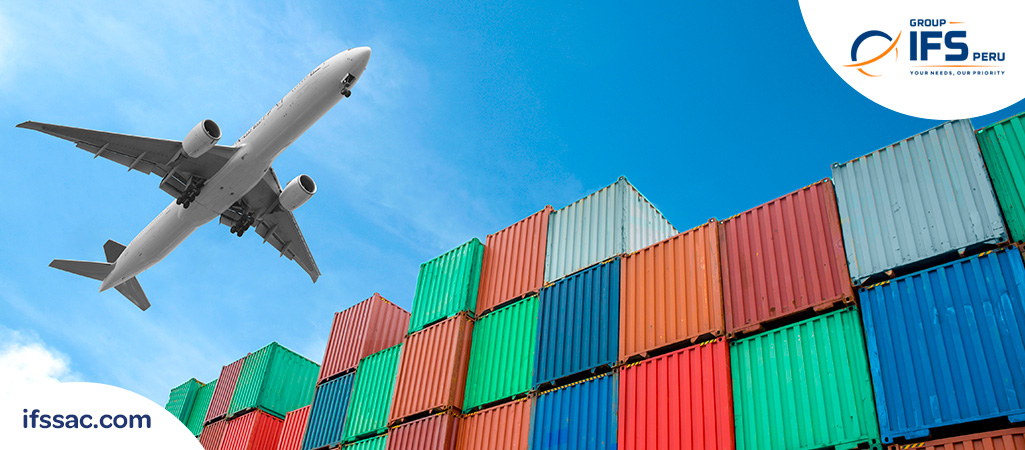Air freight is an essential part of global trade, connecting businesses and individuals across the world. However, navigating the complex world of air freight rates and cargo rules can be a challenge. In this article, we will provide a comprehensive overview informed decisions when shipping goods by air.
Understanding Air Freight Rates
Air freight rates are the fees associated with the transportation of goods by air. They are calculated based on various factors, including the weight and volume of the cargo, the type of goods being transported, the destination, and the time of year.
Air freight rates can be calculated using different methods, such as charging by weight or volume. Heavy cargo is typically charged based on its weight, while bulky but light cargo may be charged based on its volume.
Other factors that can influence air freight rates include fuel prices, airport fees, and handling charges. It is important to consider these factors when calculating air freight rates to avoid any unexpected costs.
Choosing the Right Air Freight Carrier
Choosing the right air freight carrier is crucial for ensuring that your cargo reaches its destination safely and on time. When selecting , it is important to consider factors such as their experience, reputation, and the services they offer.
It is also important to ensure that the carrier is authorized to transport the specific type of cargo you are shipping. For example, hazardous materials require specialized handling and must be transported by carriers authorized to handle them.
In addition to the carrier’s experience and reputation, it is also important to consider their safety record and compliance with industry regulations. You can check a carrier’s safety ratings and compliance records on websites such as the Federal Aviation Administration’s (FAA) Safety Performance Analysis System (SPAS) or the International Air Transport Association’s (IATA) Operational Safety Audit (IOSA) Registry.
How to calculate the cost of air freight?
Air freight is a crucial part of global trade, but navigating the complexities of air freight rates and cargo rules can be challenging. The cost of air freight is typically calculated based on the weight or volume of the cargo, the type of goods being shipped, the destination, and the time of year. Other costs, such as fuel surcharges, handling fees, and customs clearance charges, must also be considered when calculating the total cost of air freight.

What are common air freight accessorial rates?
When shipping goods by air, accessorial rates are additional fees that may be charged for services beyond the standard air freight rates. These fees are typically associated with services such as customs clearance, documentation, and handling.
You may be interested in
- The importance of a specialized freight forwarder
- The importance of customer satisfaction in the logistics industry
- What is Cross Docking and what is its purpose?
- What is the Difference Between a Freight Broker and a Dispatcher?
Common air freight accessorial rates include:
- Fuel surcharge: This fee is added to the standard air freight rate to account for fluctuations in fuel prices.
- Security surcharge: This fee is charged to cover the costs associated with security measures required for air freight transportation.
- Customs clearance fee: This fee is charged for the processing of customs documentation required for the clearance of goods through customs.
- Handling fee: This fee is charged for the handling of goods during the loading and unloading process.
- Terminal handling charge: This fee is charged for the handling of goods at the airport terminal.
- Oversize/overweight charge: This fee is charged for cargo that exceeds the weight or size limitations set by the air freight carrier.
- Dangerous goods fee: This fee is charged for the handling and transportation of hazardous materials, which require specialized handling and documentation.
- Delivery fee: This fee is charged for the delivery of goods from the airport to the final destination.
It’s important to be aware of these accessorial rates when calculating the total cost of air freight transportation. By understanding these fees, you can make informed decisions when choosing an air freight carrier and avoid any unexpected expenses.
Key Considerations for Airfreight Shipment Preparation
When shipping goods by air, it is crucial to properly identify, classify, package, and handle the cargo to ensure its safe transportation. The next step is to determine the appropriate tariffs and fees, which can be obtained through a comprehensive guide called TACT (The Air Cargo Tariff). This resource helps cargo professionals understand the various fees and charges associated with air freight transportation, allowing them to properly classify and process each shipment at every stage of handling. Utilizing TACT ultimately ensures the safe arrival of the cargo at its destination.
In conclusion, air freight rates and cargo rules can be complex and challenging to navigate. However, understanding the factors that influence air freight rates, choosing the right air freight carrier, and complying with cargo rules and regulations can help ensure that your cargo arrives at its destination safely and on time. It is also important to be aware of common air freight accessorial rates to avoid any unexpected expenses.
The IFS Group is an international logistics operator that offers air freight services to those in need of assistance with air freight transportation. Their experienced team can provide guidance and support to ensure the proper preparation and handling of air freight shipments, leading to successful deliveries. Contact to learn more about their air freight services and how they can assist in the transportation of cargo.





